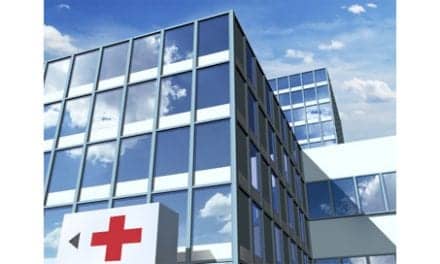Most adults will experience back pain, but according to Mayo Clinic Women’s HealthSource, Rochester, Minn, the pain often will improve or go away with time or with simple self-care measures. The good news: Back pain typically isn’t related to a serious medical problem.
A Special Report on Back Pain, a supplement to the November issue of HealthSource, covers typical causes of back pain; the many treatment options, both conventional and complementary; and back pain prevention strategies.
Highlights include:
- Causes: Injuries or disk problems are two common causes of back pain. But the exact cause of pain can be hard to pin down and often remains unknown. Medical imaging may not be needed or recommended. Not knowing the exact cause doesn’t change the initial treatments.
- Pain medication: Over-the-counter pain medications can help relieve acute pain. Options include acetaminophen (Tylenol, others), aspirin, ibuprofen, (Advil, Motrin, others) and naproxen (Aleve). Many patients won’t need or benefit from stronger medications. Prescription pain medication, if indicated, is typically used for a short time.
- Other treatment options: Applying ice or heat can relieve pain. Exercise and physical therapy are important components of most low back pain treatment plans. Physicians typically advise patients to limit bed rest to a day or two at most. Moving around can ease stiffness, relieve pain, and get patients back to normal activities more quickly than rest does.
- Complementary therapies: Complementary therapies can help to reduce or manage pain, especially when combined with traditional treatment. Among the many options are spinal manipulation performed by a physical therapist; acupuncture; and biofeedback, where patients learn relaxation techniques to better cope with pain.
- Surgery: Surgery usually is considered only when other treatments have been tried for 6 months to a year and the pain continues to be severe and unremitting. Recovery after surgery can take weeks or months.
- Prevention: Lifestyle choices can reduce the risk of injury and avoid aggravation of back injuries. Regular exercise, good posture, using safe lifting techniques, and maintaining a healthy weight all can reduce the risk of back injury. Not smoking is beneficial, too. Smoking causes the spine to age faster, increasing the risk of back problems.
[Source: Mayo Clinic]



